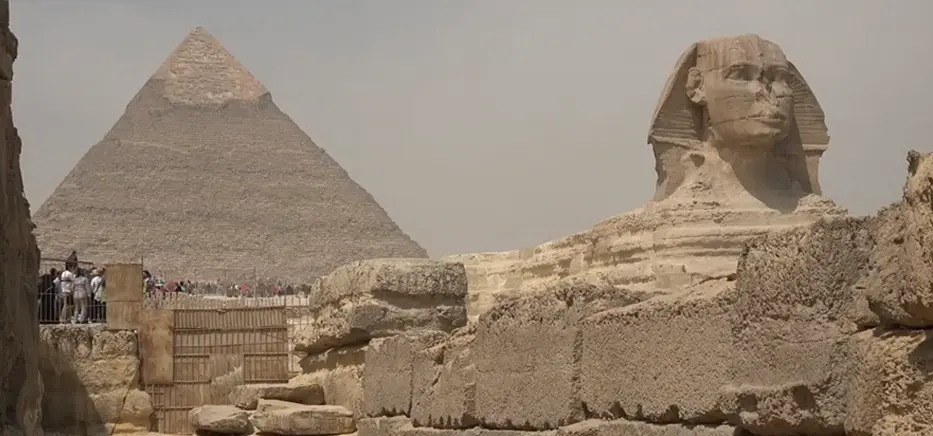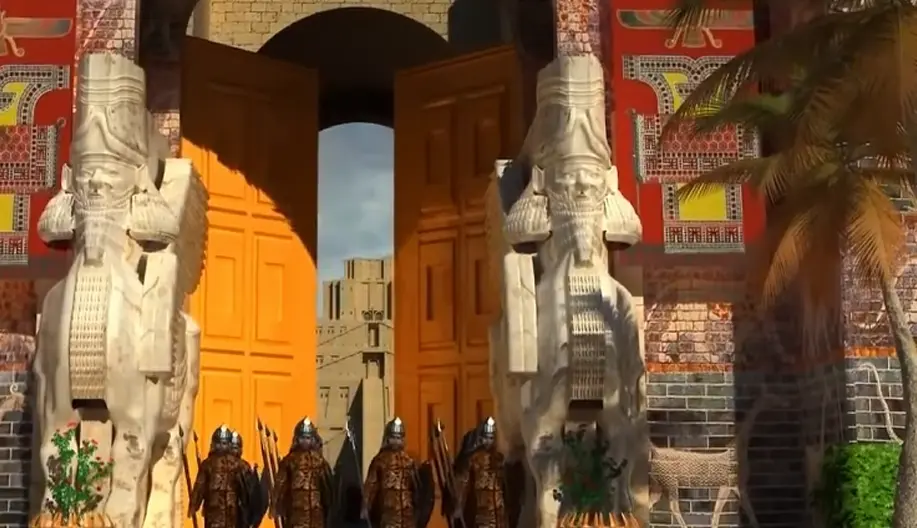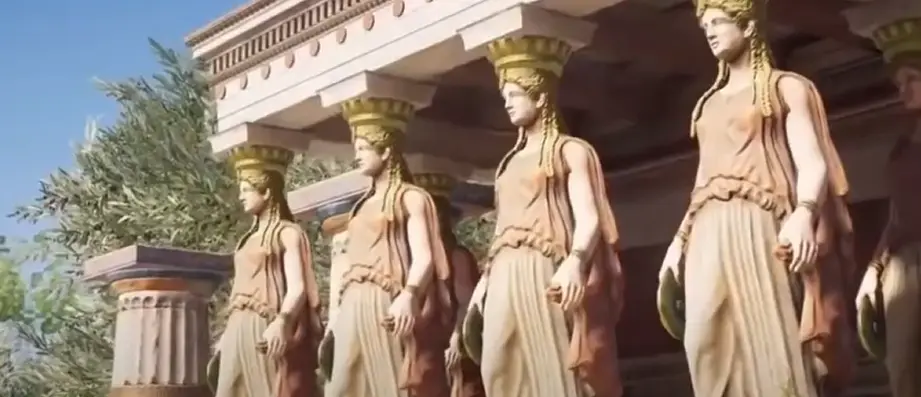Ancient architecture offers a window into human ingenuity, cultural values, and technological advancement. From monumental constructions to intricate designs, these structures reveal how civilizations expressed identity, beliefs, and social organization.
1. Egyptian Architecture

- Great Pyramid of Giza (2580–2560 BCE): Built for Pharaoh Khufu, it remained the tallest man-made structure for over 3,800 years.
- Great Sphinx: Limestone statue with a lion’s body and Pharaoh’s head, symbolizing strength and wisdom.
- Temples & Tombs: Valley of the Kings, Karnak, and Luxor Temples showcase elaborate tombs, hypostyle halls, and towering obelisks.
2. Mesopotamian Architecture

- Ziggurat of Ur (c. 2100 BCE): Terraced temple complex dedicated to the moon god Nanna in present-day Iraq.
- Babylonian Architecture: The Hanging Gardens of Babylon (existence debated) featured engineered terraced gardens representing urban sophistication.
3. Greek Architecture

- Parthenon (447–432 BCE): Doric temple on Athens’ Acropolis dedicated to Athena, renowned for sculptural detail.
- Theater of Epidaurus (4th century BCE): Famous for acoustics and symmetry, integrating architecture with performance art.
4. Roman Architecture
- Colosseum (80 CE): Amphitheater for gladiatorial contests; showcases innovative use of concrete and arches.
- Pantheon (126 CE): Houses the world’s largest unreinforced concrete dome with a central oculus.
5. Indus Valley Civilization
- Mohenjo-Daro & Harappa (2500–1900 BCE): Cities with advanced urban planning, streets, drainage systems, and standardized bricks.
6. Chinese Architecture
- Great Wall of China: Built over multiple dynasties as a defensive marvel.
- Forbidden City (1368–1912): Imperial palace in Beijing with elaborate halls, courtyards, and traditional Chinese design.
7. Mesoamerican Architecture
- Teotihuacan (c. 200 CE): Features the Pyramid of the Sun and Moon, central to religious life.
- Maya Temples: Chichen Itza’s Pyramid of Kukulcán aligns astronomically with the equinox.
8. Andean Architecture
- Machu Picchu (15th century CE): Incan city with terraced fields, advanced stonework, and strategic mountain placement.
- Sacsayhuamán: Fortress with precisely cut stones fitted without mortar, showcasing engineering prowess.
9. Persian Architecture
- Persepolis (6th century BCE): Ceremonial capital of the Achaemenid Empire with monumental palaces and grand gateways.
- Persian Gardens: Geometrically designed gardens with water features, symbolizing paradise on Earth.
Conclusion
Ancient architecture showcases the creativity, engineering, and cultural values of civilizations across the globe. From Egyptian pyramids to Incan terraces and Maya temples, these structures provide a profound insight into human history, beliefs, and technological innovation.